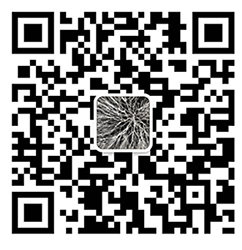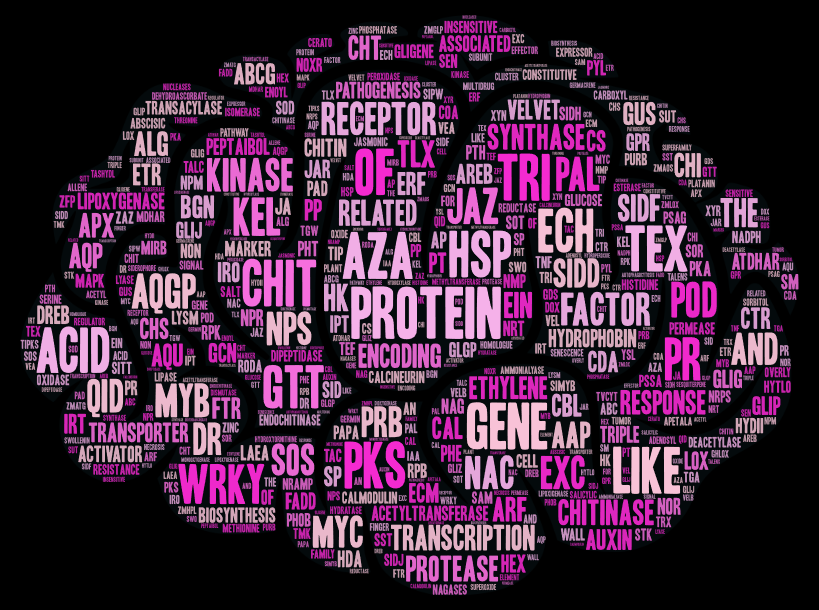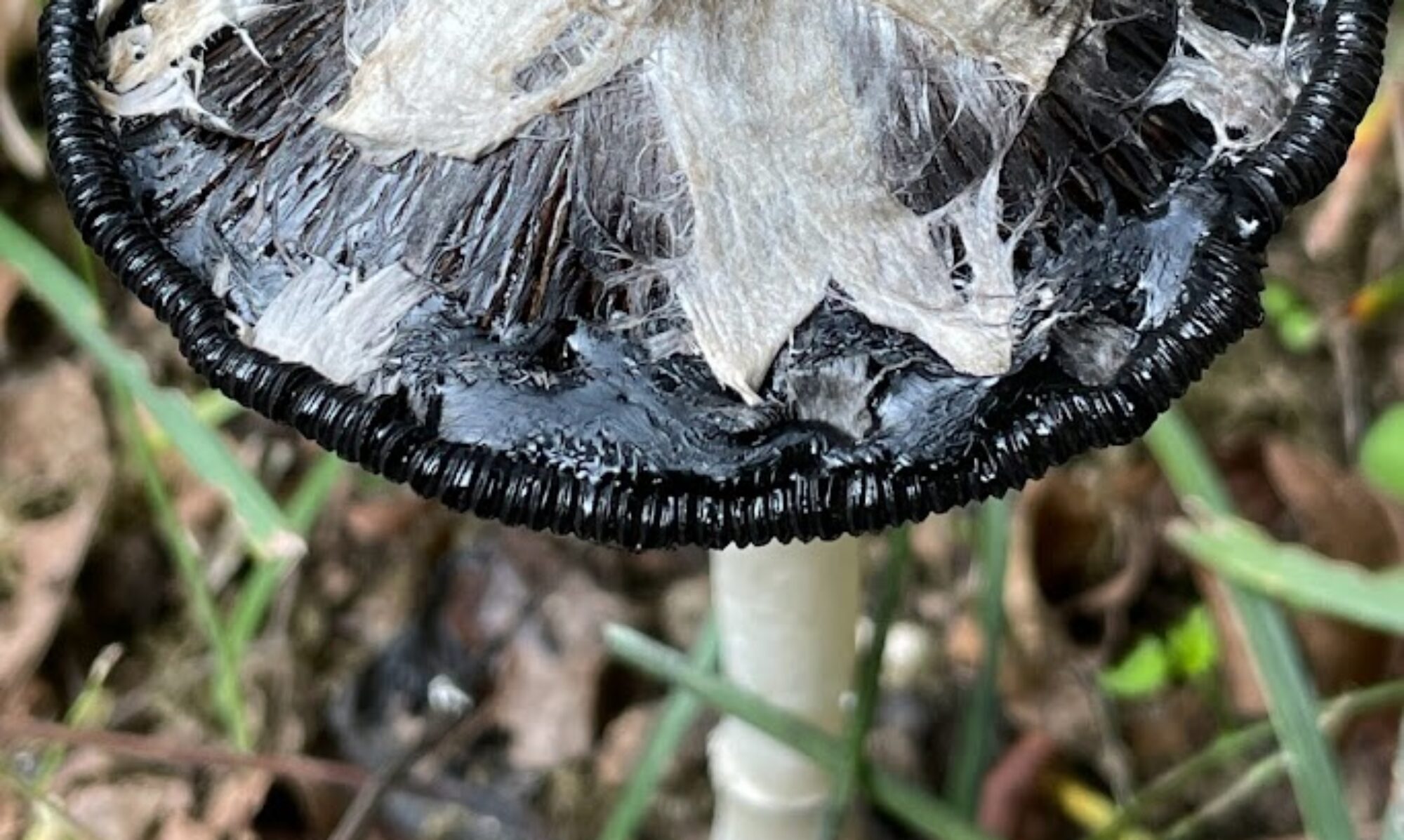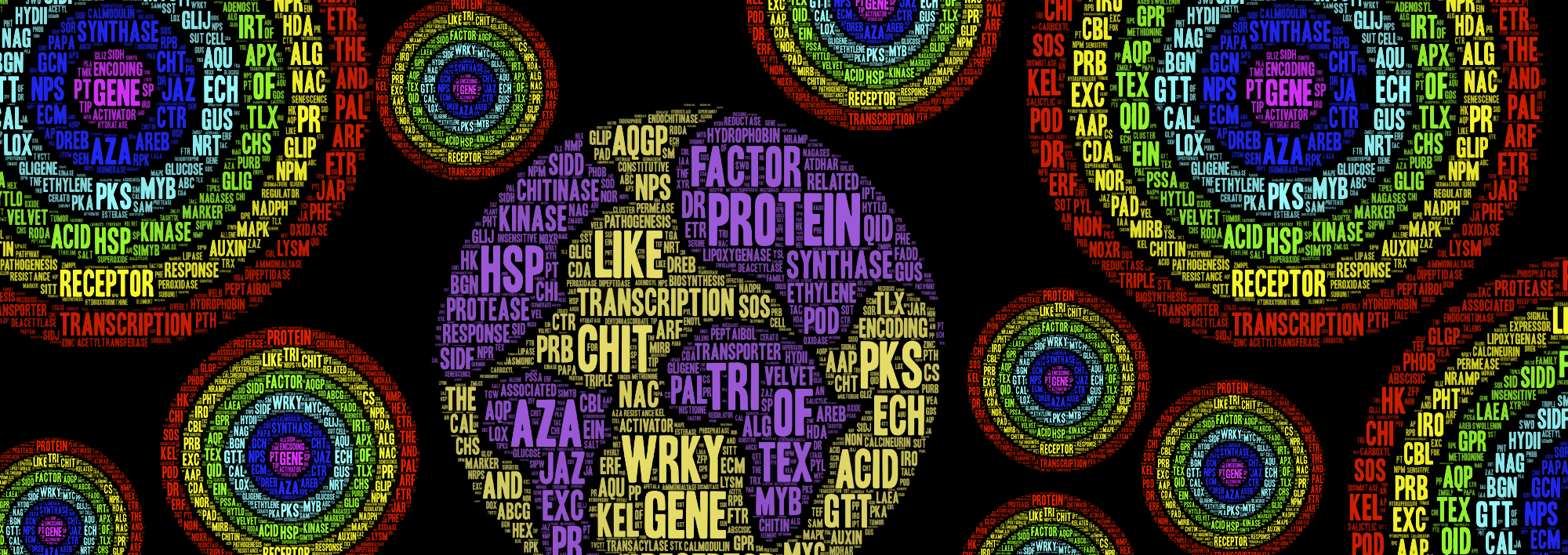真菌基因在线课程
This page is supplementary to the formal course announcement here
- personal tutoring / 个人辅导
- individual schedule / 个人日程
- real scientific material / 真实的科学材料
- useful outcome / 实用的结果
- personal tasks / 个人任务
- up-to-date science / 最前沿的科学
- no lectures / 没有演讲
- no written reports / 没有书面报告
- no shared deadlines / 没有共同的截止日期
- individual work / 独立工作
- online and remote / 在线和远程
- optional group work / 可选小组作业
What will I learn? 我将学到什么?
- The broad scope of fungal functional genetics
- Fungal genes
- Genomics
- Gene nomenclature
- MycoCosm, KEGG, and other web resources on fungal genetics
- Recent literature on fungal genetics (incl. fungal diversity and applications)
- Research community
- Terminology
- Evolution, diversity, and speciation
- 真菌功能遗传学的广泛范围
- 真菌基因
- 基因组学
- 基因命名法
- MycoCosm、京都基因与基因组百科全书和其他有关真菌遗传学的网络资源
- 真菌遗传学的最新文献(包括真菌多样性和应用)
- 研究团体
- 术语
- 进化、多样性和物种形成
How will it work? 课程设置

- Register* by sending a personal message to Irina.s.druzhinina@mail.ru or IrinaDruzhinina on WeChat.
- Get the first task (1/10 of the entire exercise).
- Submit your results and questions (Email or Wechat).
- Get feedback and answers to your questions.
- Repeat until the course is completed.
- 发送邮件至 Irina.s.druzhinina@mail.ru 或在微信上联系 IrinaDruzhinina。微信二维码如下。
- 获得第一个任务(整套练习的 1/10)。
- 提交你的结果和问题(电子邮件或微信)。
- 获得反馈及问题的答案。
- 获得第二个任务。
- 重复,直到课程完成。
* There is no deadline for the registration. There is also no minimum number of participants.
* 注册没有截止日期,也不设最少开班人数。
How long will it take? How deep can I go? 课程时间及深度?
The course is designed such that an advanced Ph.D. student working on fungal genetics is expected to spend one day per week for 10 weeks or make it in a block (2 weeks, full time). The minimal workload corresponds to 80–90 working hours or 3 ECTS (European Credit Transfer and Accumulation System, Bologna Process).
As you progress, it should become faster. After you get in shape, you may either spend less time per week or learn more genes.
该课程的设计理念是,一名真菌遗传学研究的高级博士学位的学生,预计每周花费一天、持续 10 周或在一个时间段内完成(2 周,全天)。 最低工作量约为 80-90 个工作小时或 3 个 ECTS(欧洲学分转移和累积系统,博洛尼亚进程)。
当你不断提升,进程也将加快。当你适应了课程后,你可以每周花费更少的时间或学习更多的基因知识。
Who can attend? 报名条件?
The course will present new material to all FungiG members, ranging from master students to Ph.D. candidates, postdocs, and alumni professors working at Nanjing Agricultural University, Shanghai Jiao Tong University, Sun Yat-Sen University, Jiangsu Academy of Agricultural Sciences, and other universities. Students from other universities, in particular, from the TU Wien master program “Biotechnology and Bioanalytics,” are welcome.
该课程将向所有 FungiG 成员展示新材料,包括目前在南京农业大学、上海交通大学、中山大学、江苏省农业科学院等院校工作的硕士生、博士生候选人、博士后和校友教授。 欢迎其他院校的学生报名,特别是维也纳科技大学硕士课程“生物技术和生物分析”的学生。
What should I know before the course? 上课前我应该知道什么?
- Basic eukaryotic microbiology and basic mycology
- Basic biochemistry and cell biology
- English reading skills
- Advanced skills in retrieval of scientific literature (FungiG will provide help)
- 基本的真核微生物学和基础真菌学
- 基本的生物化学和细胞生物学
- 英语阅读能力
- 检索科学文献的高级技能(FungiG 将提供帮助)
Can I join forces with my colleagues and work in a group? 我可以与我的同事合作并在一个小组中工作吗?
Yes. Students can work alone or in groups. If requested, a course WeChat group can be set up.
可以。 学生可以单独工作或分组工作。 如果需要,我们将建立课程微信群。
Will this course be offered next semester? 下学期会开设这门课程吗?
Principally, yes. A course on this topic will also be offered next semester. However, the list of genes and the fungal genus may be different.
原则上,是的。下学期还将开设有关该课题的课程。但是,基因和真菌属列表可能有所不同。
Will I get a certificate for this course? 我会获得这门课程的证书吗?
NAU students will get no formal recognition for this course. However, at the end of the course, a certificate signed by ISD will be issued (relevant for those NAU students targeting their training abroad).
Master and Ph.D. students from the TU Wien will get a certificate (Zeugnis) equivalent to 3 ECTS for the course TISS 166.665 “Molecular Biology of Trichoderma: Ecology, Diversity and Genomics,” which is available upon request.
南京农业大学的学生不会获得本课程的正式认证。 但是,在课程结束时,将颁发由 ISD 签署的证书(此项与期望获得海外培训的南京农业大学的学生有关)。
维也纳科技大学的硕士和博士学生可以申请证书(Zeugnis), 相当于TISS 166.665“木霉的分子生物学:生态学、多样性和基因组学”课程的3个 ECTS。
Can I do the entire course remotely? 我可以远程完成整个课程吗?
Yes. 可以。
What is the schedule of the course? 课程安排是怎样的?
The schedule of the course is flexible. The results can be sent at any time. The feedback will be returned within 72 hours, or the exact time will be specified.
课程安排灵活。 结果可以随时发送。 72 小时内或在指定的确切时间内,你将得到反馈。
What is the course language? 课程语言是什么?
English. 英语。
What is the content of the course? 课程内容是什么?
Material:
The first course will be based on the dynamic list of Trichoderma genes and Trichoderma-associated genes (mainly plant genes studied along with Trichoderma). The next courses may be based on other model fungi.
材料:
第一次课程将基于木霉基因和木霉相关基因(主要是与木霉一起研究的植物基因)的动态列表。 下次课程可能基于其他模型真菌。
Exercises:
The tasks for this course are divided into small sets. Each time, a student will get his or her own random set of 2–3 fungal genes. The task will be to search for the genome IDs, protein IDs, function(s), evolutionary history, mutant(s), phenotype(s), GO term(s), KEGG group(s), genomic/chromosome location(s), cluster organization(s), functionally associated gene(s), published gene name(s), host genome(s), orthologue(s), paralogue(s), other homologue(s), patent(s), applied value(s), product(s), and reference(s). The student is expected to systemically collect associated counts, such as the total number of publications, number of patents, number of Trichoderma spp. studied, etc. Some genes are intensively studied (e.g., cbh1, lae1), and the task will take more effort compared to the others that have only been published once.
练习:
本课程的任务将分小组进行。 每次任务中,每名学生都会获得一组随机的 2-3 个真菌基因。 任务将是搜索基因组 ID、蛋白质 ID、功能、进化历史、突变体、表型、GO 术语、京都基因与基因组百科全书组、基因组/染色体位置 )、簇组织、功能相关基因、已发表的基因名称、宿主基因组、直向同源物、旁系同源物、其他同源物、专利、应用值、产品和参考。 学生应系统地收集相关计数,例如出版物总数、专利数量、已研究的木霉属数量等。一些基因已得到深入的研究(例如cbh1,lae1),与其他只被发表过一次的基因相比,这项任务将花费更多的精力。
What are the main challenges of the course? 课程的最大挑战是什么?
The concept of a fungal gene, gene definition, gene nomenclature in fungi, inconsistency in research approaches, the diversity of genes, the unequal quality of publications.
Some students may also need to advance their skills in phylogenetic analysis of some gene groups.
真菌基因的概念、基因定义、真菌中的基因命名、研究方法的不一致、基因的多样性、出版物质量的高低不等。
一些学生可能还需要提高他们在某些基因组的系统发育分析方面的技能。
Can I add genes to the list? 我可以将基因添加到列表中吗?
Yes. Students are welcome to do so. These can also be genes from other fungi that are not yet studied in Trichoderma. Please send your proposals to ISD.
是的,我们欢迎学生这样做。 它们可能来自木霉属中尚未有研究的真菌的基因。 请将你的建议发至 ISD。
Can my tasks be redundant to the tasks of my colleagues? 我可以重复我同事的任务吗?
Sometimes, yes. The majority of the tasks will be unique. However, the genes used for the tasks that failed or were superficially performed remain in the pool of genes for the course.
有时候,可以。 大部分任务都是独一无二的。 但是,研究任务未获成功的基因,或看似已经分析的基因,仍保留在课程的基因库中。
What exactly should I do to complete the course? 如何完成课程?
A student is expected to deliver a table (as will be specified in the task) describing the functions and properties of several Trichoderma genes or genes associated with Trichoderma research.
The minimum set of genes is 25 (10 sets of 2–3 genes); the upper limit is 300.*
The advanced version of the course includes the joint seminar with students’ presentations and discussions. The aim of the seminar is to appoint the top ten most studied, most useful, and most controversial genes in Trichoderma, respectively.
* The total number of Trichoderma genes is ~12 000, but the number of genes studied for their function(s) is still meager.
每名学生都需要提供一个表格(将在任务中指定)描述几个木霉属基因或与木霉属研究相关的基因的功能和特性。
最小基因集为25(10组2-3个基因); 上限为 300。*
该课程的高级版本包括联合研讨会,学生将进行演讲和讨论。 研讨会的目的是分别选出木霉属中研究最多、最有用和最具争议的十大基因。
* 木霉基因的总数约为 12 000,但对其功能已有研究的基因数量仍然很少。
Will the results of this course have some scientific value, or is it only an educational exercise? 这门课程的结果是否具有一定的科学价值,还是只是一种教育练习
Along with this course in WS2021, FungiG will work on the database of Trichoderma to provide the research community working on this genus with an online database of Trichoderma genes with their correct names and functions. Students interested in contributing beyond the scope of the course are welcome to join FungiG in this research.
随着 2021 冬季班课程的开展,ISD 和 FungiG 将致力于建立木霉的数据库,为从事此项研究的团体提供一个在线的木霉基因数据库,及其正确的名称和功能。 如果你有兴趣在课程范围之外做出贡献,我们非常欢迎你加入 FungiG 的这项研究。
What is the motivation for this course? 这门课程的动机是什么?
- One gene – one name: a unified nomenclature for fungalgenes
- 一个基因——一个名字:真菌基因的统一命名法
Can I share or post this course announcement? 我可以分享或发布此课程公告吗?
No. The announcement of this course and course materials can only be distributed by ISD.
不可以。本课程的公告和课程资料只能由ISD 发布。
Translated by: 詹蕊
All rights reserved © Irina S. Druzhinina (ISD)
保留所有权利 © IRINA S. DRUZHININA (ISD)


